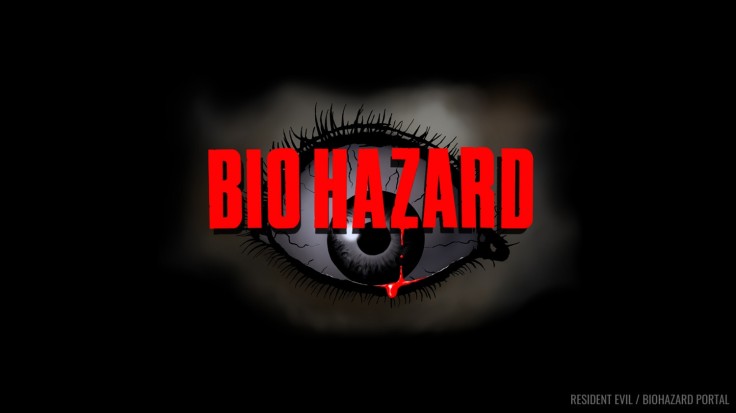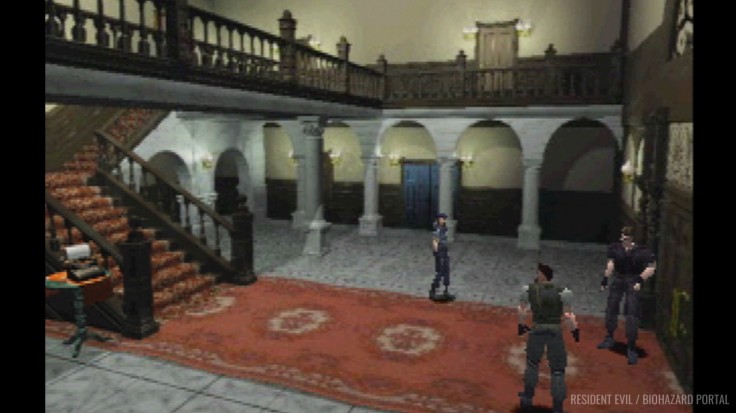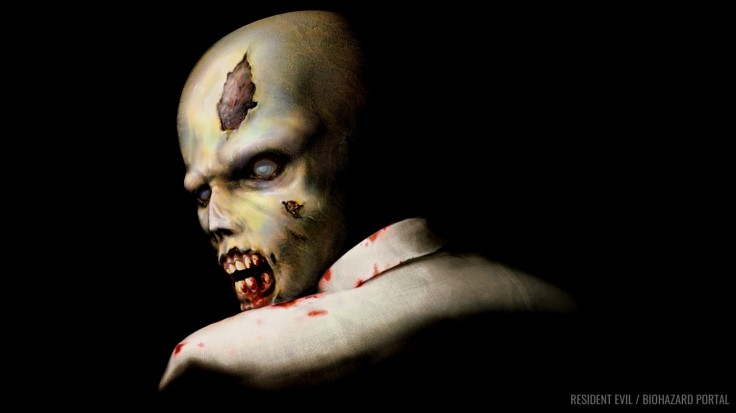Resident Evil 4 Remake is just a few minutes away for some people, while others could be playing the game already, which is a coincidence since gamers back in 1996 may have reacted the same way when the first Resident Evil game arrived in the US 27 years ago.
To celebrate Resident Evil 4 Remake's launch and 27 years of Resident Evil, we've compiled some funf acts you proabably didn't know about the original 1996 Resident Evil game:
It Was Supposed To Be A Remake Of Another Game
Before Resident Evil, Capcom had Sweet Home, an RPG the company developed and published in 1989 that follows a film as they explore a haunted mansion.
Resident Evil was supposed to be a remake of that game. After all, the similarities were already there - the film crew and STARS Alpha Team, the haunted mansion and the Spencer mansion, and the ghosts within and the monstrosities created by the T virus leak.
However, Capcom and director Shinji Mikami found that the remake could stand up on its own as a separate video game, giving birth to the first Resident Evil game that scared both players and audiences worldwide.
Resident Evil's Name Came From A Pun

However, the new game Capcom and Mikami made needed a name for the game before it could release it. The company settled for Biohazard in Japan, but it needed a new name before gamers could play the game in the US.
Unfortunately, the name Biohazard was already in use at the time by a heavy metal band and another game. However, Capcom organized a company-wide contest to generate a new name for their new survival horror game. According to Chris Kramer, who was Capcom's then Senior Director of Communications and Community, the name "Resident Evil" stood out as it was a clever pun to the game's setting - a mansion filled with zombies.
In a way, the Resident Evil were the monsters wandering and lurking within the Spencer Mansion.
The Spencer Mansion Is Based On Real-Life Mansions

In 1996, Maximum News reported that Capcom's Tatsuya Minami, who was the Senior Manager of Product Planning for Resident Evil, mentioned that their team visited a few places similar to the Spencer Mansion to obtain a "solid background" for the game.
Minami explained that the team settled on a European-style house because it seemed like the creepiest option among the rest of the places they visited.
However, their hunt for inspiration didn't stop there. Minami's team also watched "The Shining" and were fascinated with the corridors' design in the Stanley Hotel. So if you were to play the original 1996 game again. blame "The Shining for the game's creepy corridor design.
It Almost Became a First-Person Shooter
Many fans of the original Resident Evil and the classic trilogy have mixed feelings about the game's tank controls and fixed camera angles which added to the game's terror-inducing suspense.
However, these features weren't supposed to be in the game from the start. Mikami initially intended for the original Resident Evil game to be a co-op first-person shooter, but the PlayStation 1's hardware limitations prevented him from making the game with that design.
Its Success Defined The Survival Horror Genre

The 1996 Resident Evil game was an instant hit for Capcom, with the game selling 2.75 million copies for the PS1. Thanks to this success and popularity, Capcom developed and released its next two sequels which would set up the Resident Evil franchise as we know it.
However, it was the first game's success that helped popularize the survival horror genre in the video game industry to the point that it became the basis and standard of every survival horror game that followed it.









